America’s covered bridges stand like wooden time capsules scattered across the countryside, each one telling stories of horse-drawn wagons, community barn raisings, and simpler times when crossing a river was an event worth celebrating. These structures weren’t built with roofs to keep travelers dry—the covers protected the wooden trusses from the weather, extending bridge life from 10 years to over a century.
Most of these architectural gems date back to the 1800s when communities pooled resources to span creeks and rivers that separated farms from markets, schools from homes, and neighbors from each other. Here is a list of 20 historic covered bridges that continue connecting rural America to its past.
Cornish-Windsor Bridge
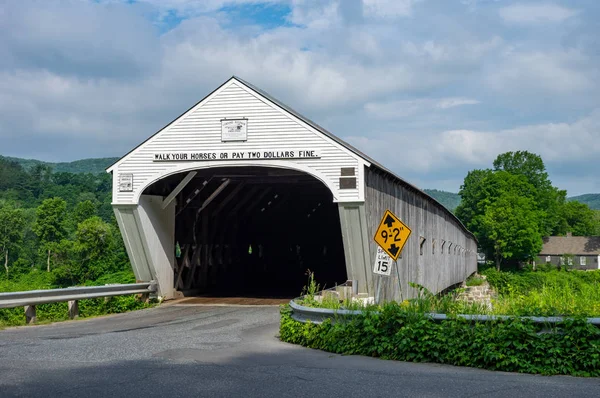
The Cornish-Windsor Bridge stretches 460 feet across the Connecticut River between Cornish, New Hampshire, and Windsor, Vermont, making it the longest wooden covered bridge in the United States. Built in 1866, this two-span Town lattice truss bridge carries Route 12A and continues serving daily traffic after more than 150 years.
The structure charges a toll of 75 cents, making it one of the few remaining toll bridges in New England.
Blenheim Bridge
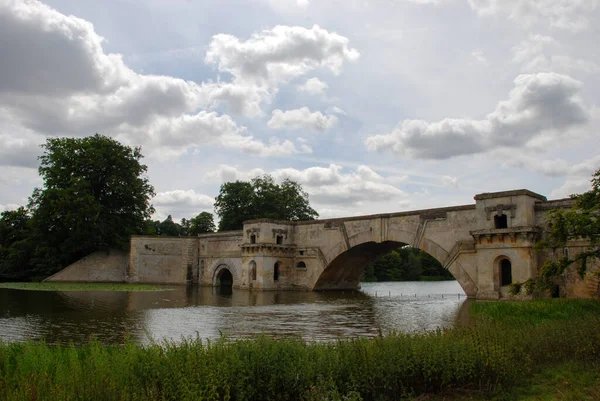
New York’s Blenheim Bridge in Schoharie County was the longest single-span covered bridge in the world at 228 feet until Hurricane Irene destroyed it in 2011. Local craftsmen rebuilt the bridge using traditional methods and salvaged timber from the original structure, reopening it in 2018.
This Long truss bridge over Schoharie Creek demonstrates how communities refuse to let their history wash away, even when nature has other plans.
Like Travel Pug’s content? Follow us on MSN.
Sachs Bridge
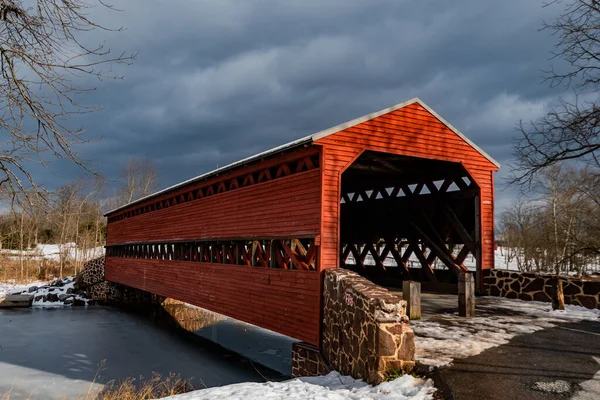
Pennsylvania’s Sachs Bridge spans Marsh Creek in Adams County, just 3 miles from Gettysburg National Military Park. Confederate troops crossed this 100-foot Town truss bridge during their retreat after the Battle of Gettysburg in 1863.
The red bridge, built around 1854, carries Waterworks Road and attracts photographers who come for its connection to Civil War history and classic Pennsylvania Dutch country scenery.
Bridgeton Mill Bridge
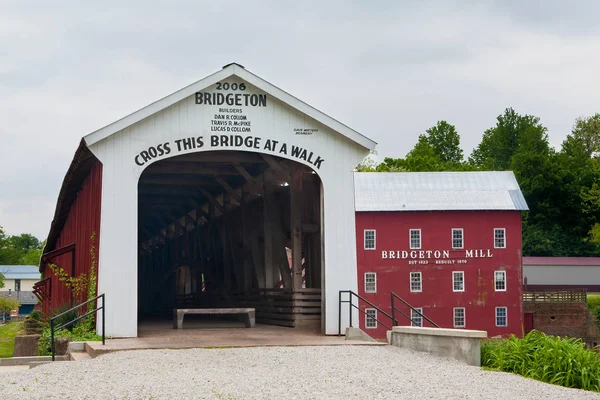
Indiana’s Bridgeton Mill Bridge crosses Big Raccoon Creek in Parke County, sitting next to a working grist mill that’s been grinding grain since 1823. This 245-foot Burr arch truss bridge, built in 1868, combines with the mill to create one of the most photographed rural scenes in the Midwest.
The bridge carries Bridgeton Road and anchors a covered bridge festival that draws thousands of visitors each October.
Jackson Bridge
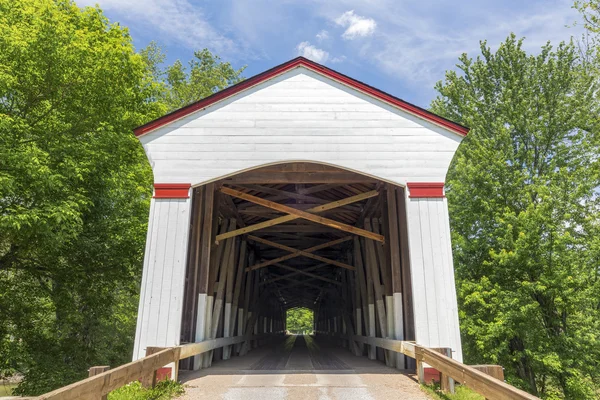
New Hampshire’s Jackson Bridge spans the Ellis River in Jackson, providing a postcard-perfect view with Mount Washington rising in the background. Built in 1876, this 128-foot Paddleford truss bridge carries local traffic on Route 16A through the White Mountains region.
The red bridge has appeared in countless tourism brochures and holiday cards showcasing New England’s autumn colors.
Like Travel Pug’s content? Follow us on MSN.
Humpback Bridge
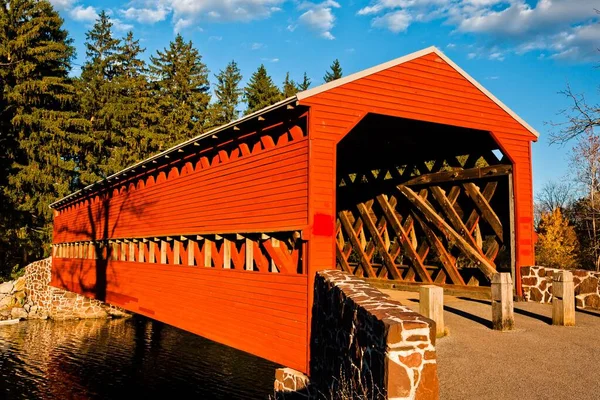
Virginia’s Humpback Bridge in Alleghany County earned its name from the distinctive arch that rises 4 feet above its approaches over Dunlap Creek. Built around 1857, this 100-foot multiple kingpost truss bridge is the only remaining covered bridge in Virginia that retains its original arched design.
The structure sits on Route 220 and represents the craftsmanship of builders who worked without modern engineering tools.
Knights Ferry Bridge
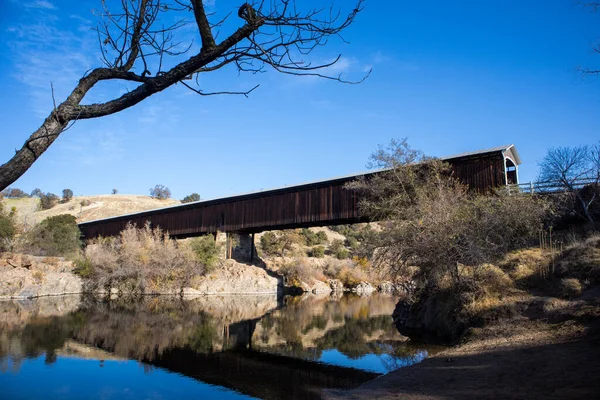
California’s Knights Ferry Bridge crosses the Stanislaus River in the Sierra Nevada foothills, serving as the longest covered bridge on the West Coast at 330 feet. Built in 1863 during the Gold Rush era, this Howe truss bridge carried miners, settlers, and supplies between gold fields and supply towns.
The bridge now carries pedestrian traffic only and anchors Knights Ferry Recreation Area, where visitors can explore Gold Rush history.
Artist’s Bridge

Maine’s Artist’s Bridge spans the Sunday River in Newry, creating reflections in the water that have inspired painters and photographers for decades. This 87-foot Paddleford truss bridge, built around 1872, carries Sunday River Road through Oxford County’s mountains and forests.
The white bridge gets its name from the countless artists who’ve set up easels nearby to capture its charm against the changing seasons.
Like Travel Pug’s content? Follow us on MSN.
Pulp Mill Bridge
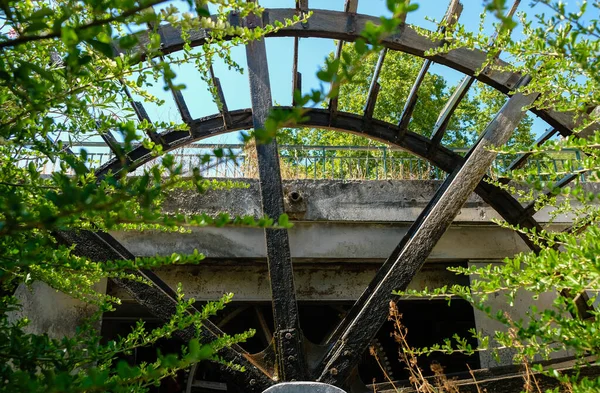
Vermont’s Pulp Mill Bridge crosses Otter Creek in Middlebury, connecting East Middlebury to the main village via Pulp Mill Bridge Road. Built in 1820 and rebuilt in 1840, this 139-foot Town lattice truss bridge is one of Vermont’s oldest covered bridges still carrying vehicle traffic.
The red bridge serves residents and visitors exploring the Champlain Valley’s agricultural landscape.
Smolen-Gulf Bridge
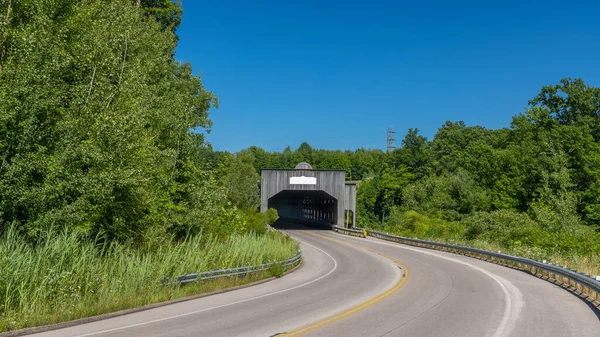
Ohio’s Smolen-Gulf Bridge spans the Ashtabula River in Ashtabula County, measuring 613 feet to claim the title of America’s longest covered bridge. Built in 2008 using traditional construction methods, this Town lattice truss bridge demonstrates that communities still value covered bridge heritage enough to build new ones.
The structure carries Dewey Road and serves as the centerpiece of Ohio’s largest concentration of covered bridges.
Cambridge Junction Bridge

Vermont’s Cambridge Junction Bridge crosses the Lamoille River in Cambridge, carrying Route 108 through the Green Mountains toward Stowe. Built around 1845, this 150-foot Town lattice truss bridge survived multiple floods and ice jams that destroyed other bridges along the river.
The brown bridge provides access to rural communities that depend on agriculture and tourism for their economic survival.
Like Travel Pug’s content? Follow us on MSN.
Contoocook Railroad Bridge
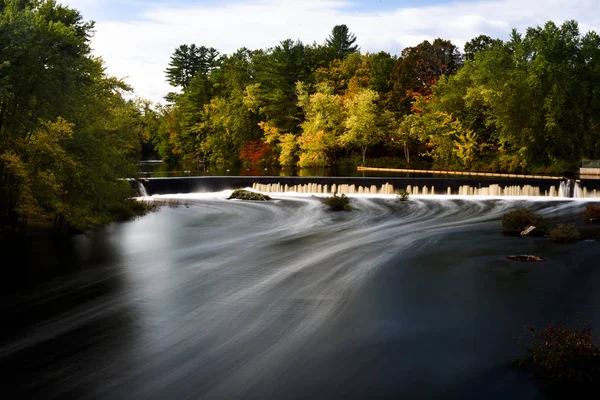
New Hampshire’s Contoocook Railroad Bridge spans the Contoocook River in Hillsborough County, representing one of the few remaining covered railroad bridges in America. Built in 1889, this 229-foot Howe truss bridge carried freight trains until 1984 and now serves as part of a recreational trail.
The structure demonstrates how railroads once connected rural communities to larger markets and transportation networks.
Creamery Bridge
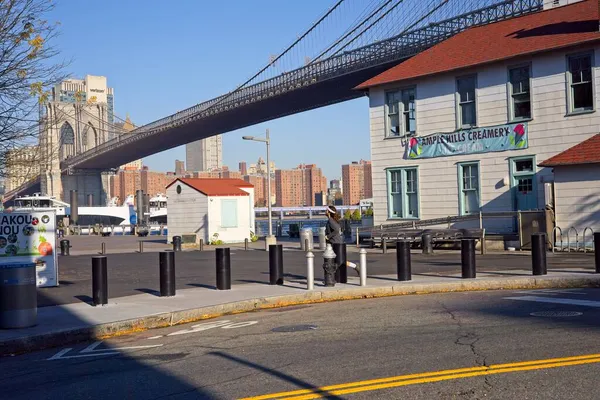
Vermont’s Creamery Bridge crosses the Black River in Montgomery, serving the village that once shipped dairy products throughout New England. Built around 1883, this 80-foot Town lattice truss bridge carries Hill West Road past farms that still produce milk, cheese, and maple syrup.
The red bridge anchors a rural community where agriculture remains the primary economic activity.
Pine Grove Bridge
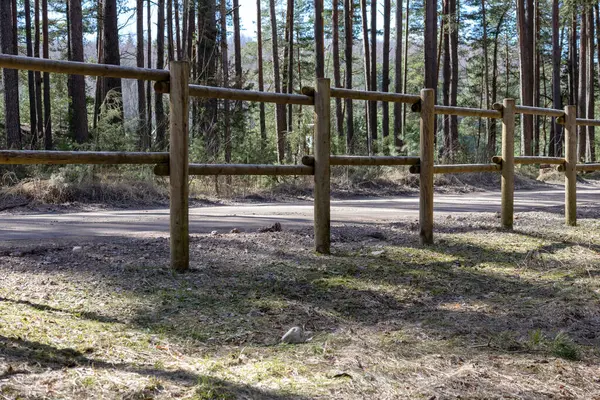
Pennsylvania’s Pine Grove Bridge spans Pine Creek in Lancaster County, carrying Covered Bridge Road through the heart of Amish country. Built in 1884, this 204-foot Burr arch truss bridge serves a community where horse-drawn buggies still share the road with modern vehicles.
The structure represents continuity in an area where traditional farming methods and craftsmanship persist alongside modern life.
Like Travel Pug’s content? Follow us on MSN.
Cilleyville Bridge
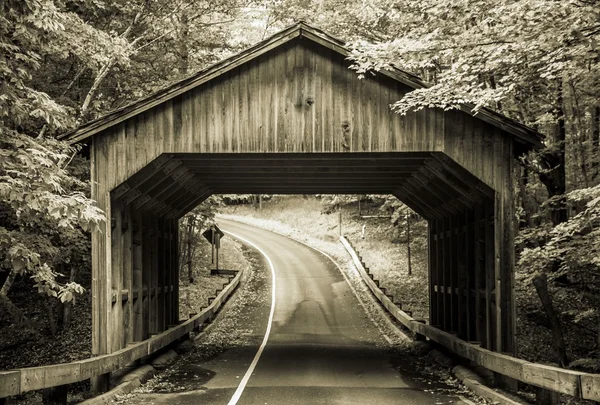
New Hampshire’s Cilleyville Bridge crosses the Pemigewasset River in Andover, connecting rural communities in the Lakes Region. Built around 1883, this 80-foot Town lattice truss bridge carries Cilleyville Road past farms and forests that have changed little since the bridge’s construction.
The white bridge serves residents who commute to larger towns while maintaining rural lifestyles.
Perrine’s Bridge
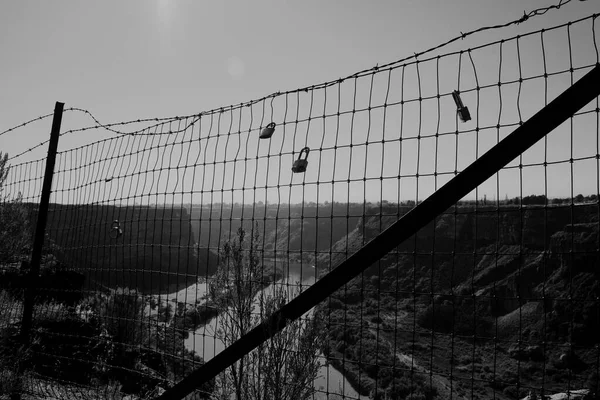
New York’s Perrine’s Bridge spans the Wallkill River in Ulster County, standing as one of the few remaining covered bridges in the Hudson Valley. Built in 1844, this 154-foot Town lattice truss bridge carries Lucas Avenue through agricultural land that supplies New York City markets.
The structure survived urbanization pressures that eliminated most covered bridges in the region.
Swann Bridge
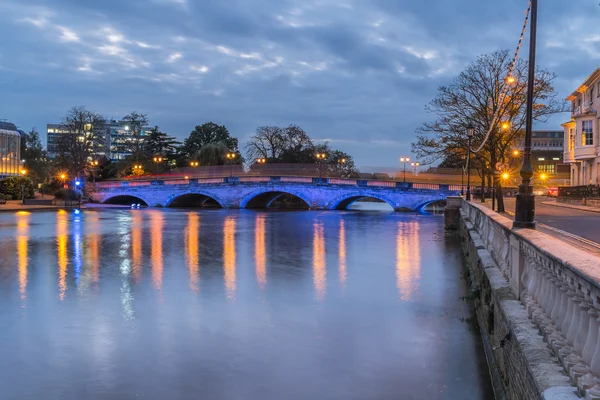
Alabama’s Swann Bridge crosses the Locust Fork of the Warrior River in Blount County, representing the southernmost historic covered bridge still carrying traffic. Built around 1933, this 324-foot Town truss bridge replaced earlier structures destroyed by floods.
The bridge carries Swann Bridge Road through rural Alabama, where cotton farming and timber harvesting remain important industries.
Like Travel Pug’s content? Follow us on MSN.
West Arlington Bridge
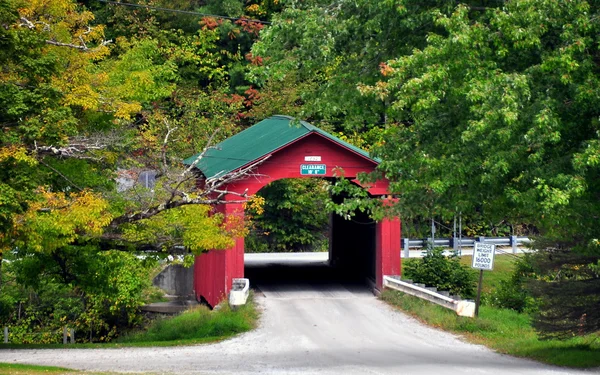
Vermont’s West Arlington Bridge spans the Battenkill River, carrying Route 313 through a valley famous for trout fishing and Norman Rockwell paintings. Built around 1852, this 80-foot Town lattice truss bridge serves as a gateway to rural communities where dairy farming and tourism support local economies.
The red bridge appears in countless photographs capturing Vermont’s rural character.
Bells Mills Bridge
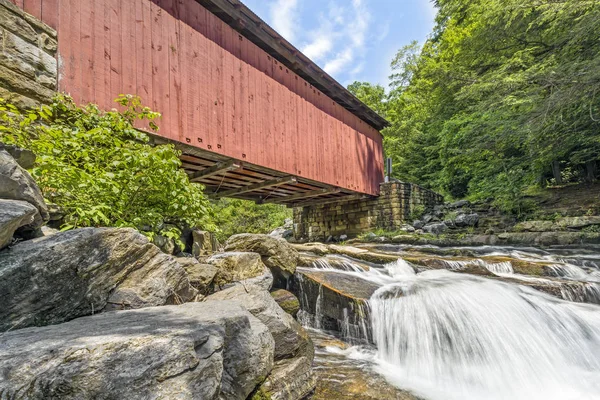
Pennsylvania’s Bells Mills Bridge crosses Octoraro Creek in Chester County, serving farms and rural homes in southeastern Pennsylvania. Built around 1850, this 86-foot Town truss bridge carries Bells Mills Road through landscape that’s been continuously farmed since colonial times.
The bridge represents the infrastructure that allowed rural communities to participate in regional markets and social networks.
Henry Bridge
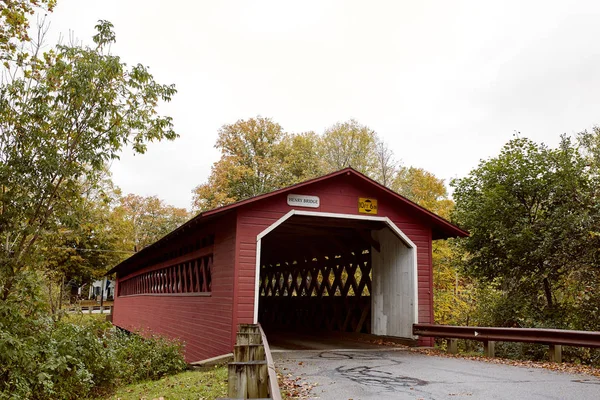
Vermont’s Henry Bridge spans the Walloomsac River in Bennington, carrying Henry Covered Bridge Road through rural southwestern Vermont. Built around 1840, this 117-foot Town lattice truss bridge serves a farming community that supplies produce to urban markets in Albany and Boston.
The structure demonstrates how covered bridges enabled rural areas to maintain economic connections with distant cities.
Like Travel Pug’s content? Follow us on MSN.
Bridges to Yesterday and Tomorrow
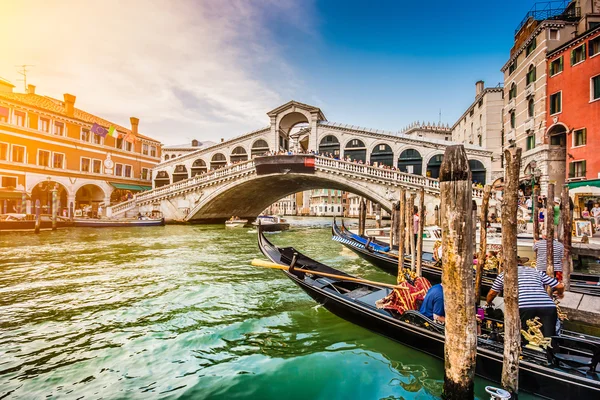
These covered bridges represent more than quaint rural landmarks—they’re physical connections to an America where communities built infrastructure through collective effort and local craftsmanship. Each bridge required neighbors to contribute materials, labor, and expertise to span obstacles that isolated farms and villages from schools, churches, and markets.
Today, these structures face challenges from increased traffic loads, extreme weather events, and maintenance costs that strain rural budgets. Yet communities continue preserving and even rebuilding these bridges because they understand that some connections to the past are worth maintaining, even when modern alternatives might be cheaper or easier to construct.
More from Travel Pug

- 20 Best Beach Towns in the Carolinas
- 13 Destinations Where Tourists Regularly Regret Their Trip
- 20 Things You Actually Get in First Class
- 20 Small Airports With Aviation Museums
- 20 Places in the U.S. That Are Perfect for a Reset Trip
Like Travel Pug’s content? Follow us on MSN.
